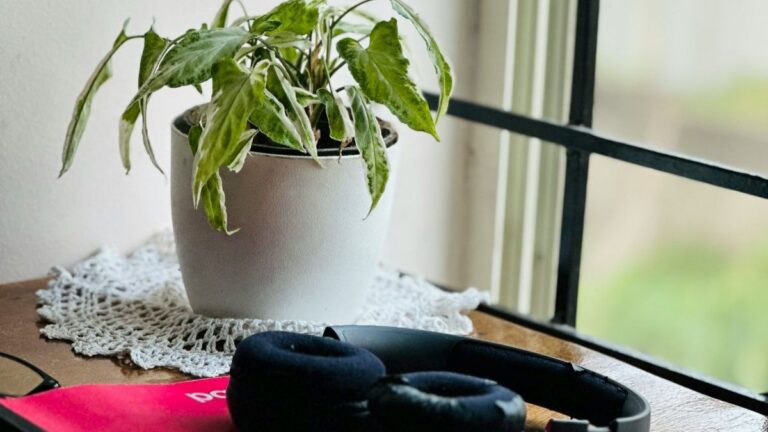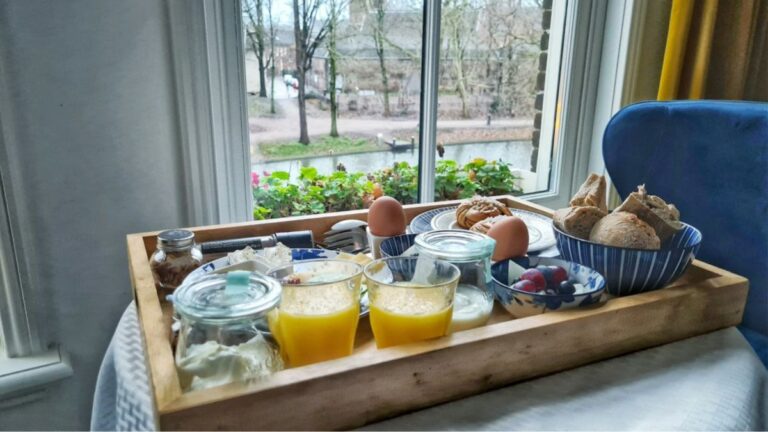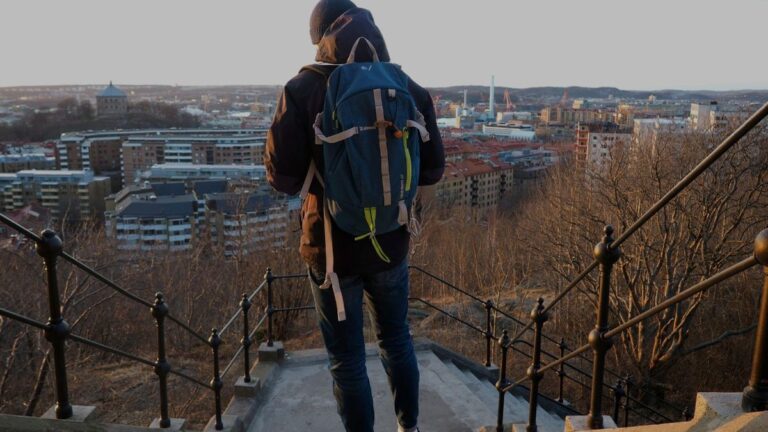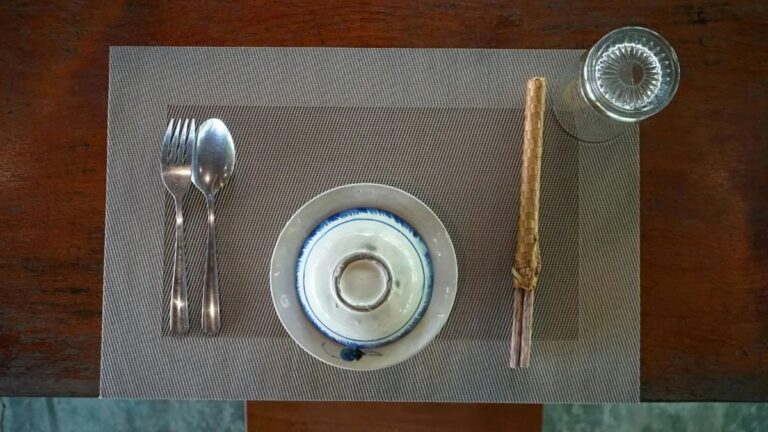What is functional movement—and which patterns should you practice?
Quick Answer
Functional movement is everyday-strength practice: simple patterns that help you push, pull, hinge, squat, carry, lunge, rotate, and walk with ease. You don’t need a gym… just short “movement snacks.” Start with 2–3 patterns, light effort, and calm, steady breathing.

What “functional” really means (plain English)
- Useful in daily life. Stand up, pick things up, reach, carry, turn, and walk.
- Whole-body, joint-friendly. You move hips, core, shoulders together.
- Skill over strain. Quality reps, slow tempo, honest ranges.
- Nervous-system aware. Jaw soft, shoulders easy, breathe through the nose when you can.
The core patterns (choose a few to begin)
- Hinge (hips back, neutral spine) → e.g., hip-hinge to pick up a bag.
- Squat (sit/stand) → box squat to a chair.
- Push (horizontal/vertical) → wall push-ups or light overhead press with water bottles.
- Pull → band row or table “towel row.”
- Carry → light farmer’s carry-ons (two bags) or suitcase carry-on (one side).
- Lunge/Step-up → short range, stable knee over mid-foot.
- Rotate / Anti-rotate → slow standing twists or band press-outs.
- Gait → 10–20 minutes easy walk; notice heel-to-toe.
Tip: if anything hurts (sharp/pinching), stop and shorten the range or choose another pattern.
A simple weekly flow (10–15 minutes, 3×/week)
- Warm-in (2 minutes): jaw/shoulders soften → ankle circles → 3 slow breaths (inhale 4, exhale 6).
- Circuit (8–10 minutes): pick 3 patterns → do 2 sets of 6–8 slow reps each.
- Cool-out (2 minutes): easy walk in place → shoulder rolls → long exhale.
Starter combos
- Day A: Hinge · Row · Carry
- Day B: Squat · Wall Push-up · Step-up
- Day C: Lunge · Anti-rotate · Walk
Technique cues (keep it friendly)
- Feet: tripod (big toe, little toe, heel).
- Knees: track over 2nd–3rd toe.
- Hips/ribs: stacked (“tall but soft”).
- Neck/jaw: lengthen the back of the neck; jaw un-clench.
- Breath: exhale with effort; no breath-holding.
2-minute practice: Movement snack at your desk
- Hip hinge to chair × 6 (tap, stand).
- Wall push-ups × 6 (slow).
- Suitcase carry-on (one light bag) 2 × 20–30 steps, switch sides.
Finish: one 4/6 breath cycle and a gentle shoulder shake.
1-minute reflections (journal-only)
- Which pattern felt most stable today?
- Did my breath stay easy?
- What tiny tweak helps next time (lighter load, shorter range, slower tempo)?
Safety & accessibility
Pain ≠ progress. Back off or modify… seriously.
New to functional and intentional movement, pregnant, dizzy, or dealing with pain? Check with your clinician before changing activity.
Start lighter than you think; add time and reps slowly.
FAQ
How many days per week?
Two or three short sessions are enough to feel steadier; walking on off-days is great.
Do I need equipment?
No. Use bodyweight, water bottles, a backpack, or a resistance band.
How do I progress?
Add 1–2 reps, slow the tempo, extend the carry-on distance, or make the range a little deeper… one change at a time.
I have knee sensitivity.
Prioritize hinge, pull, carry. For squats/lunges, keep ranges short and use a chair/rail for support.
What about stretching?
After your circuit, 1–2 minutes of gentle mobility (ankles/hips/shoulders) is plenty.
Related reading
Clinical services are provided within my scope as a licensed clinical psychologist (CA, RI). My Doctor of Integrative Medicine credential is a doctoral degree with board certification by the Board of Integrative Medicine (BOIM) and does not represent a medical/physician license. All educational content is for learning only and is not a substitute for professional medical or psychological care.
About Dr. Nnenna Ndika
Dr. Nnenna Ndika is an integrative, trauma-informed clinical psychologist (CA/RI) and Doctor of Integrative Medicine (BOIM). Her work bridges neuroscience, somatic regulation, and environmental rhythms—simple, minimalist practices that help the body remember safety and the mind regain quiet strength. Silent Medicine is educational only; it does not replace medical or psychological care. Begin with Start Here or explore Mind-Body Healing.






